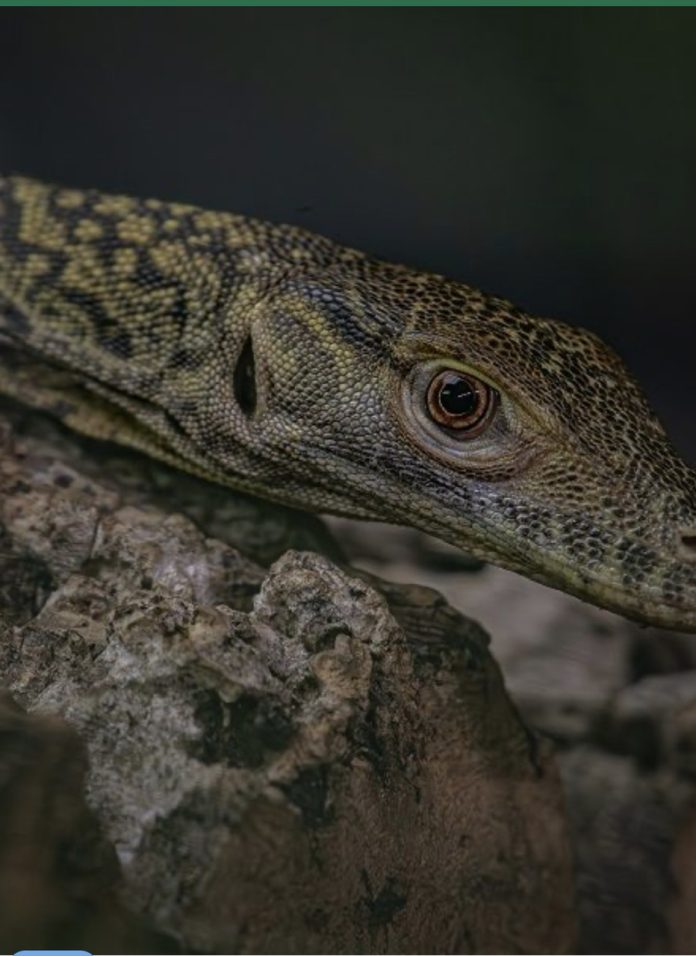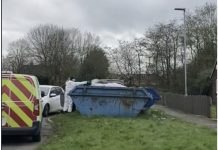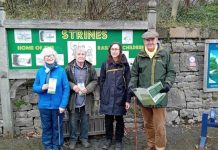Chester Zoo is celebrating after for the first time they have successfully bred hatchlings from a pair of mating dragons.
In 2007, experts from the zoo were part of a team that became the first in the world to discover that female Komodo dragons can fertilise their own eggs without mating – a process known as Parthenogenesis. This sees only clutches of male young produced and was a global scientific breakthrough at the time.
The two hatchlings will join a ‘vitally important’ international conservation breeding programme that is working to safeguard dwindling dragon numbers and build a healthy population in zoos to protect the species future.
Komodo dragons are fascinating creatures that have survived on this planet for tens of thousands of years, but despite their incredible resilience, populations in the wild have been pushed to the edge of existence in the last 50 years alone due to increased human activity, habitat loss and a rapidly changing climate.” said Matt Cook, Lead Keeper of reptiles
Dr. Gerardo Garcia, Head of Ectotherms and co-ordinator of Europe’s entire zoo population of Komodo dragons, added:
“The recent reclassification of the Komodo dragon has helped shine a spotlight on this incredible species and generate some urgency to help protect the dragons and their island habitat. Dragons are massively at risk to the changing climate as they live in a very specific areas, which is a small band of habitat that sits between the coast and steep forested hills where, up until very recently, the conditions were perfect for these giant lizards to thrive. Any small fluctuations, alongside other threats such as habitat loss and conflict with humans, are increasingly putting these giant reptiles at risk of extinction.
“In parallel with the important conservation breeding programme in conservation zoos like ours, experts have been working for nearly a decade to protect Komodo dragons on the island of Flores, where 85% of dragons live in unprotected areas and were often killed when in the vicinity of local people and livestock.







